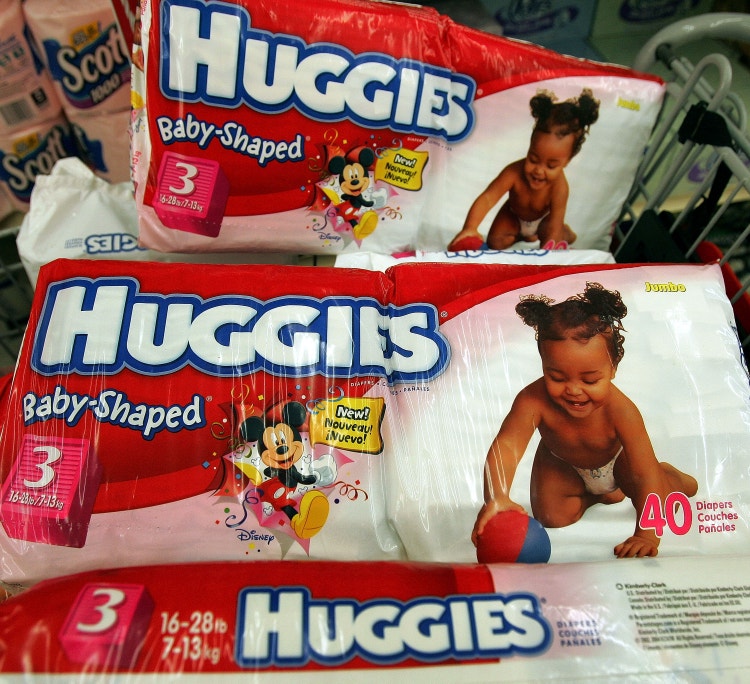This article was written by
Sensor Unlimited is an economist by training with a PhD, with a focus on financial economics. She is a quantitative modeler and for the past decade she has been covering the mortgage market, commercial market, and the banking industry. She writes about asset allocation and ETFs, particularly those related to the overall market, bonds, banking and financial sectors, and housing markets.
Sensor Unlimited contributes to the investing group Envision Early Retirement which is led by Sensor Unlimited. They offer proven solutions to generate both high income and high growth with isolated risks through dynamic asset allocation. Features include: two model portfolios - one for short-term survival/withdrawal and one for aggressive long-term growth, direct access via chat to discuss ideas, monthly updates on all holdings, tax discussions, and ticker critiques by request. Learn More.
Analyst’s Disclosure:I/we have no stock, option or similar derivative position in any of the companies mentioned, and no plans to initiate any such positions within the next 72 hours. I wrote this article myself, and it expresses my own opinions. I am not receiving compensation for it (other than from Seeking Alpha). I have no business relationship with any company whose stock is mentioned in this article.
Seeking Alpha's Disclosure: Past performance is no guarantee of future results. No recommendation or advice is being given as to whether any investment is suitable for a particular investor. Any views or opinions expressed above may not reflect those of Seeking Alpha as a whole. Seeking Alpha is not a licensed securities dealer, broker or US investment adviser or investment bank. Our analysts are third party authors that include both professional investors and individual investors who may not be licensed or certified by any institute or regulatory body.

